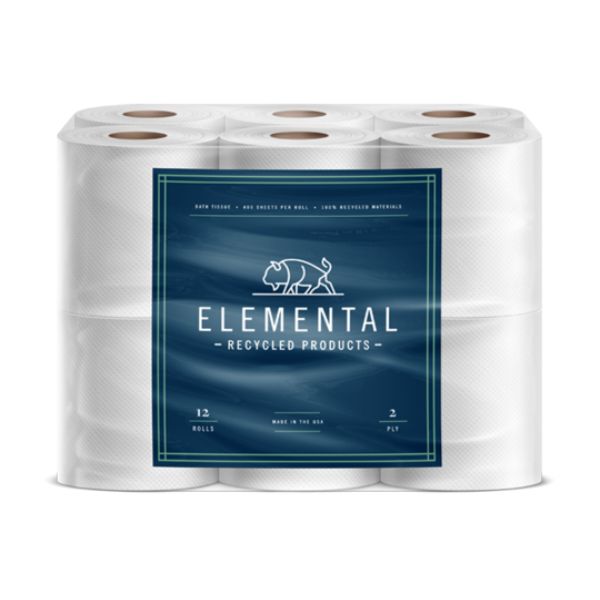The highly consolidated and low-margin household paper category is not receptive to new market entrants, especially green brands. Competing with traditional retailers and gaining shelf space has proved to be a daunting challenge. However, subscriptions could be the key to market entry and improving their reach by building repeat purchases in a market where green niche brands have struggled.
Green paper brands need stronger e-Commerce
Relative to other consumer product categories, and especially absorbent hygiene, the US household paper market has struggled to gain interest in two areas: online retail and green attributes like recycled and tree-free fibers.
Subscription services could give the floundering green niche the convenience-oriented value proposition it needs to change consumer shopping habits and mount a viable challenge to the big brands that offer high-performing and affordable products.
It’s hard for new market entrants to gain retail shelf space in categories that are highly consolidated but low in innovation. The household paper category fits this description with more than 90% of value share held by Kimberly-Clark, P&G, and private label. Big retailers have little incentive to change that dynamic. The internet has become the channel that exposes consumers to alternative products, but green paper brands lag personal care categories in developing a significant online presence.
Reviving recycled fiber

Nashville-based Elemental Products is a startup that sells premium quality, 100% recycled fiber toilet paper through online subscription services. Relative to the market, the product is expensive. A one-time purchase of a 48 roll pack costs $48. Committing to a subscription brings the price down to $45.60. By contrast, a 36 roll pack of premium Charmin Ultra Soft or Ultra Strong is just $16.98 at Walmart. Granted, Elemental offers 400 sheets per roll compared to just 308 for Charmin, but even so, the price difference is stark.
Elemental is hoping to appeal to the dark green consumer segment, a minority that will pay more for sustainable sourcing and a closed loop product life cycle. The brand’s website provides a diagram of the wastewater treatment process along with statistics showing how recycled toilet paper uses 64% less energy, 54% less water and creates 74% less pollution.
Better consumer segmentation requires more varied sales channels
Currently, the marketing around “better for the earth” is less common in household paper brands’ strategy. For most, green consumerism has reached a state where the personal benefits of sustainable products outweigh the environmental. We buy energy-efficient light bulbs to save money and organic lotions for the perceived health benefits.
Sustainable paper brands need to build online communities of consumers centered around the environmental, social and even political impact of alternative fibers to reach the green consumer with unmet needs.
Elemental is doing precisely what’s needed to reach a dark green consumer segment that while small and perhaps not growing, is steadfast in their sustainable consumer behaviors. Sustainable paper brands need to build online communities of consumers centered around the environmental, social and even political impact of alternative fibers to reach the green consumer with unmet needs.
For example, a startup with a subscription model, Green2, has carved out a niche with paper products made from bamboo fiber and sugar cane husk. The brand is available on Amazon, and is targeted at yet another distinct segment of green consumers for which subscriptions and targeted outreach were necessary to build repeat purchases and cultivate consumer loyalty. Green2 has been able to parlay its e-Commerce origins into brick and mortar distribution and is now in 16,000 US stores.
What we think
Globally, tree-free fibers like bamboo have limited supply and recycled fiber is not a selling point. In fact, more paper brands promote virgin pulp on-pack than recycled fiber. Brands need to cultivate new channels for sales and promotions in order to convince consumers that their products deliver value over the status quo.
Alternative fiber consumers are a small segment, but they do exist. However, few green niche brands have marketing stories that weave the social and political aspects of alternative fiber with the strictly environmental. A better focused online strategy for sustainable household paper products is a way to achieve this.



















![[WATCH] 2 household care brand innovations tapping into the upcycling ingredient trend](https://www.mintel.com/app/uploads/2022/10/SocialMedia_EMEA_Upycling-Ingredient-Trends_Blog_1000x305-1.jpg)

















